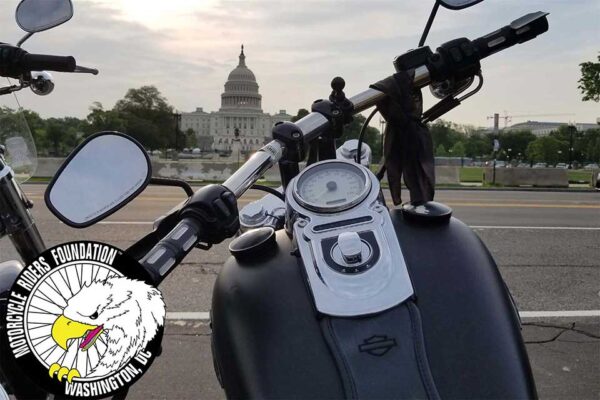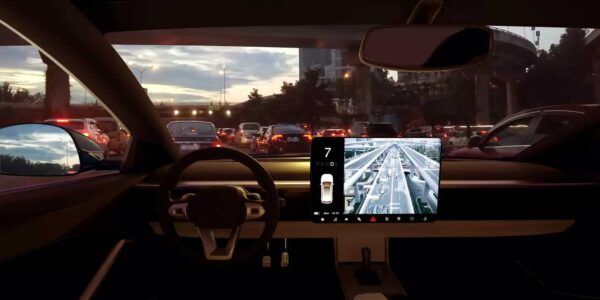MRF on One of the most important numbers for Motorcyclists
Know Your Numbers! Riding Free from DC – from Inside the Beltway May was Motorcycle Awareness Month but every month should be a month for motorcycle advocacy! Whether you were in D.C. for Bikers Inside the Beltway or working on issues back home, it’s a great time to advocate for bikers’ rights. One of the most important numbers any biker rights advocate should know is the number of motorcyclists in their states. When chatting with either state or federally elected officials, you should have the number of motorcyclists in your state on the tip of your tongue and drop it into any conversation about biker rights. Why? Because when you say the word motorcyclist that elected official translates it into voters! There are different ways to calculate how many bikers are in your state and each state does it differently. Some states release motorcycle endorsement numbers, while others release motorcycle registration statistics. In fact, some states including California, Florida, Georgia, Iowa, Texas, and Utah provide county by county data on the number of bikers throughout the state. Spend some time looking around your state’s department of transportation or motor vehicle website and see what you can find. Regardless of how we are counted, we need to know our numbers, and share those numbers. If you can’t find the number of bikers through your state’s websites, the federal government has a list of all registered motorcycles by state. To see how many motorcycles the federal government claims are in your state click here for their revised 2021 statistics. European Motorcycles The European Association of Motorcycle Manufacturers recently reported that registrations of new motorcycles in the five largest European markets increased by 10.3% in the first three months of this year compared to the same period in 2020. The five largest European […]
MRF on One of the most important numbers for Motorcyclists Read More »










